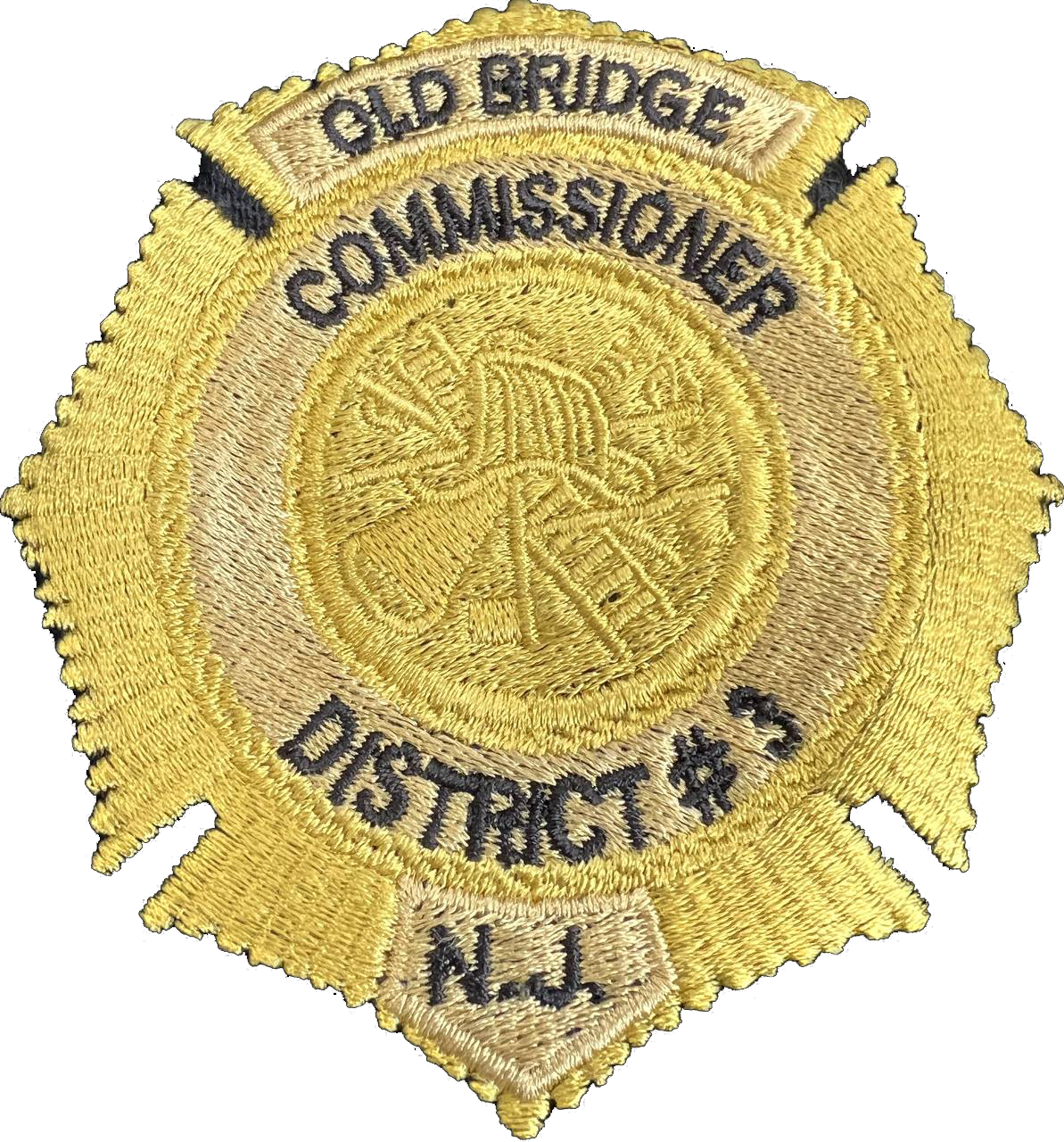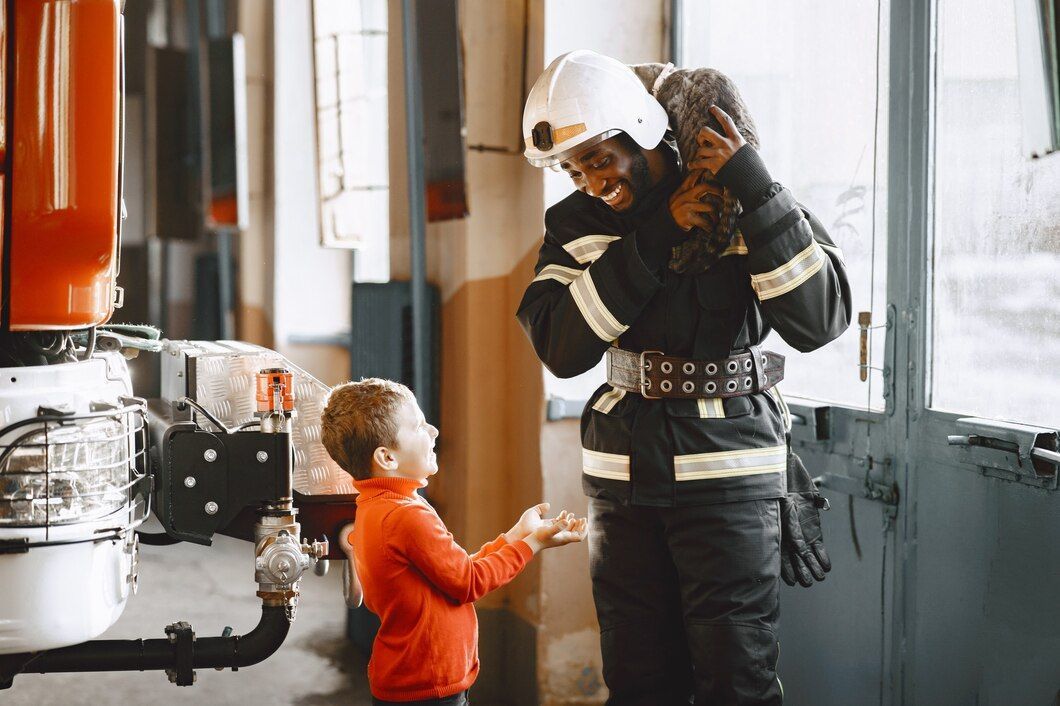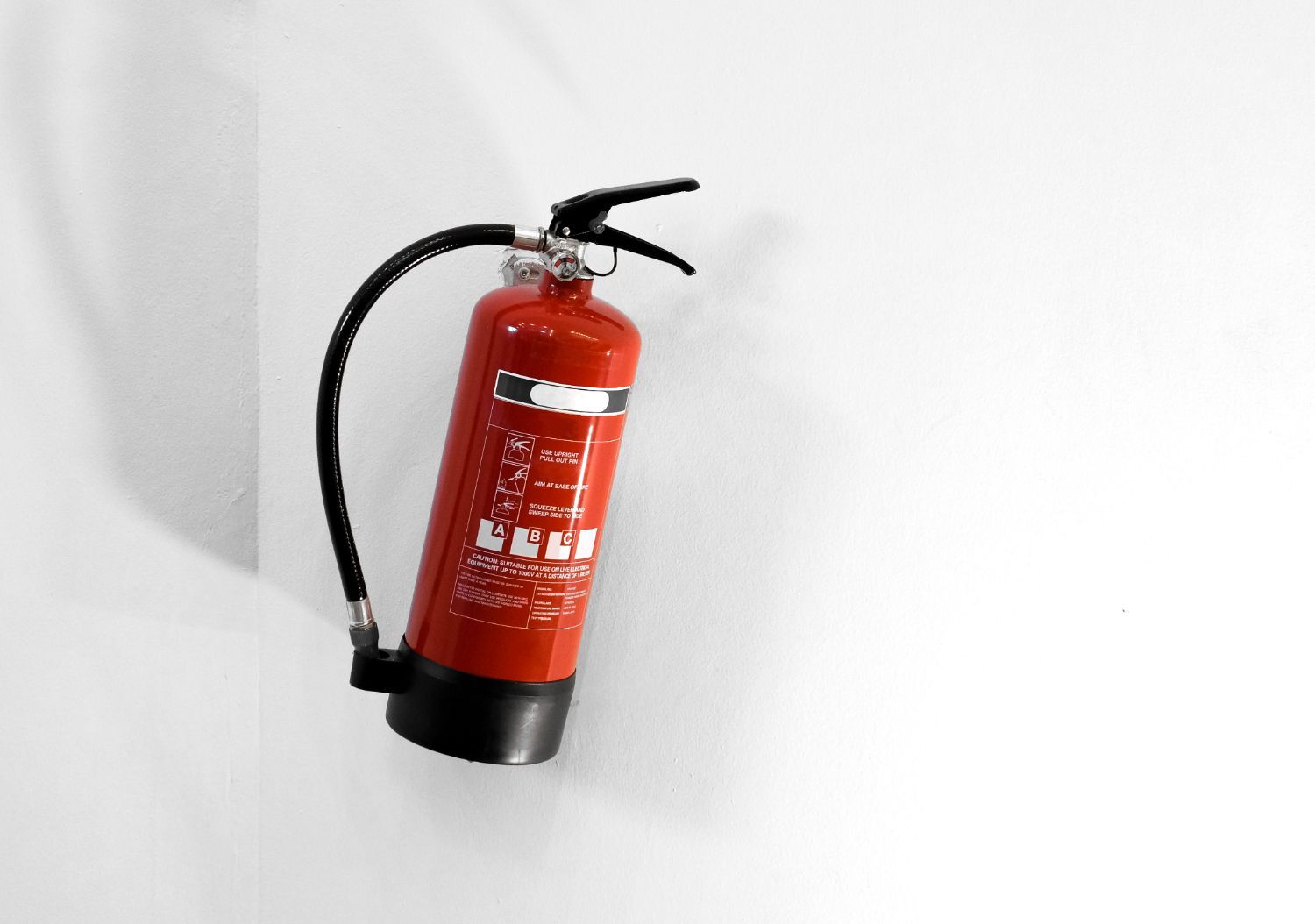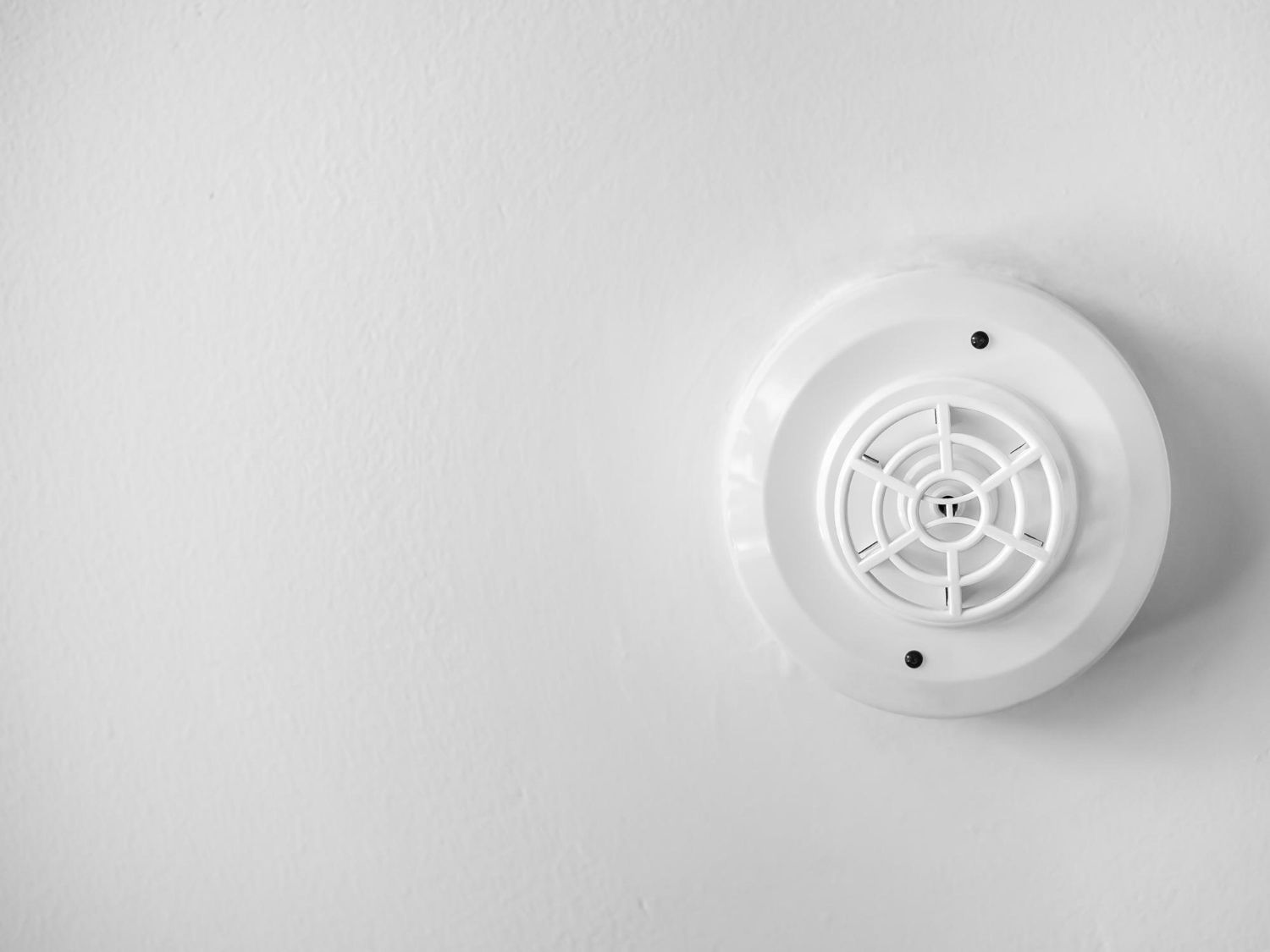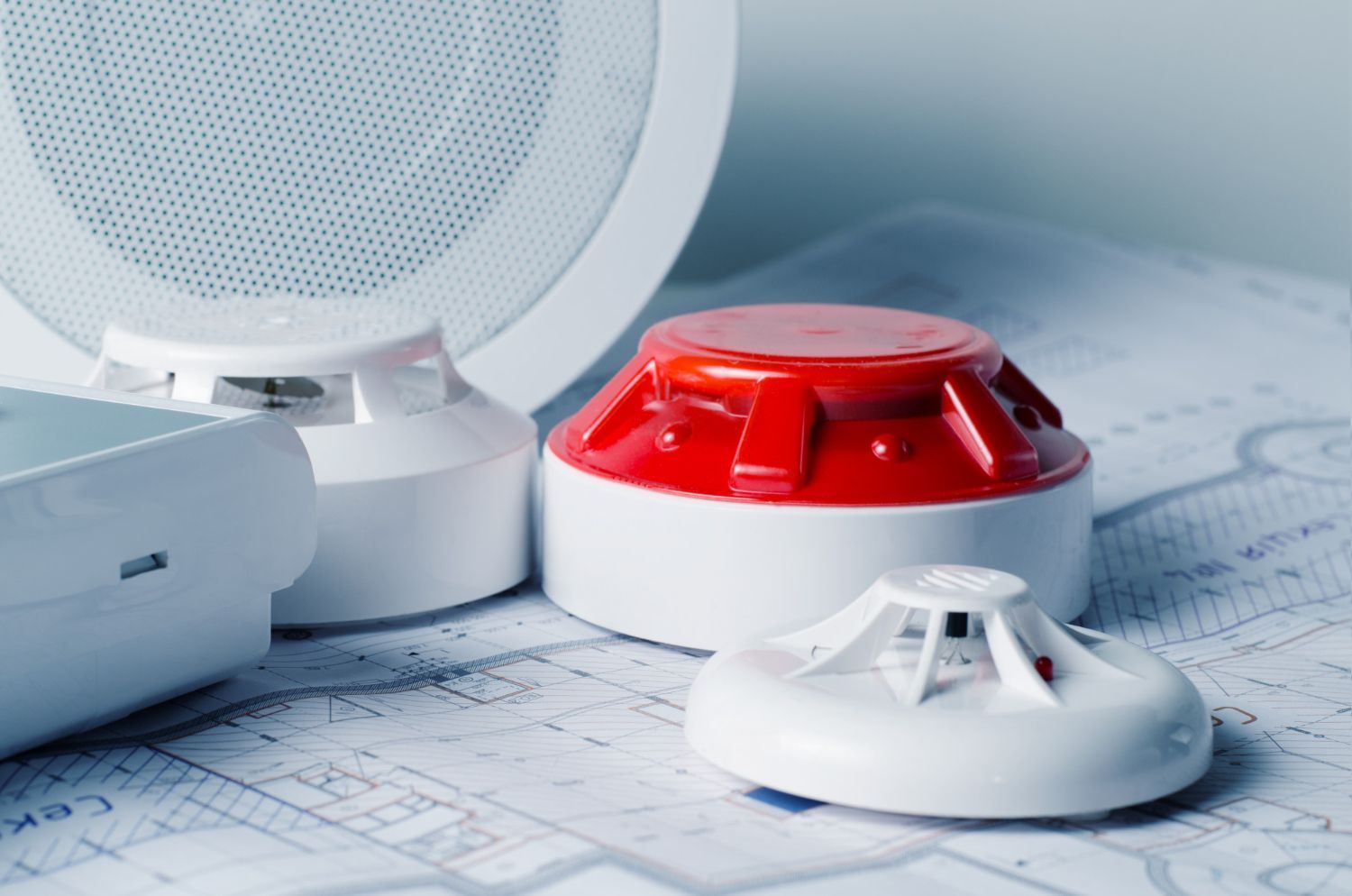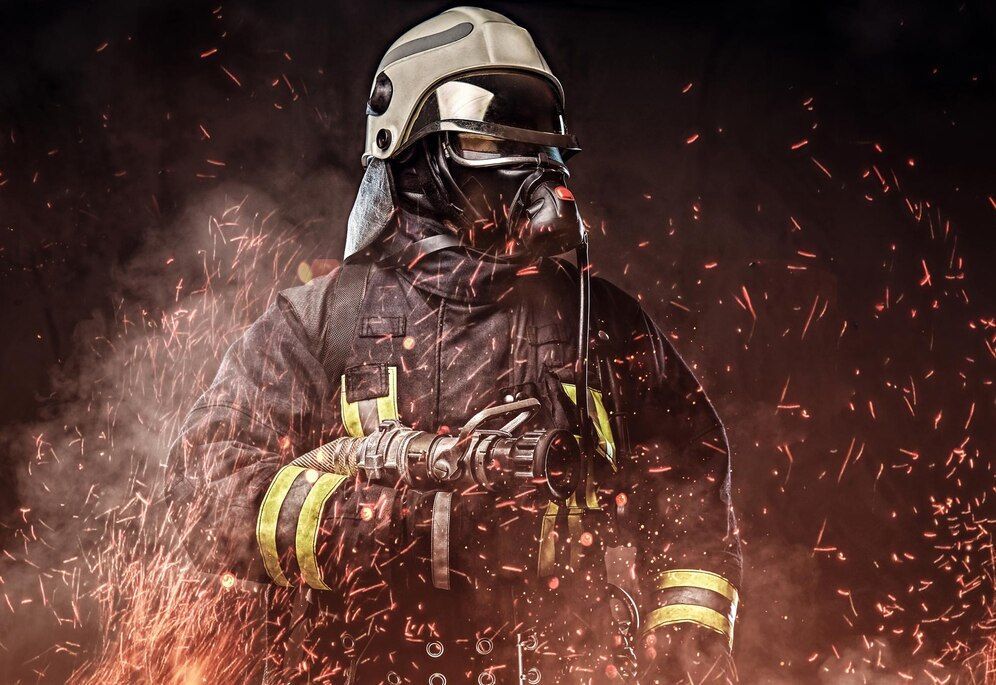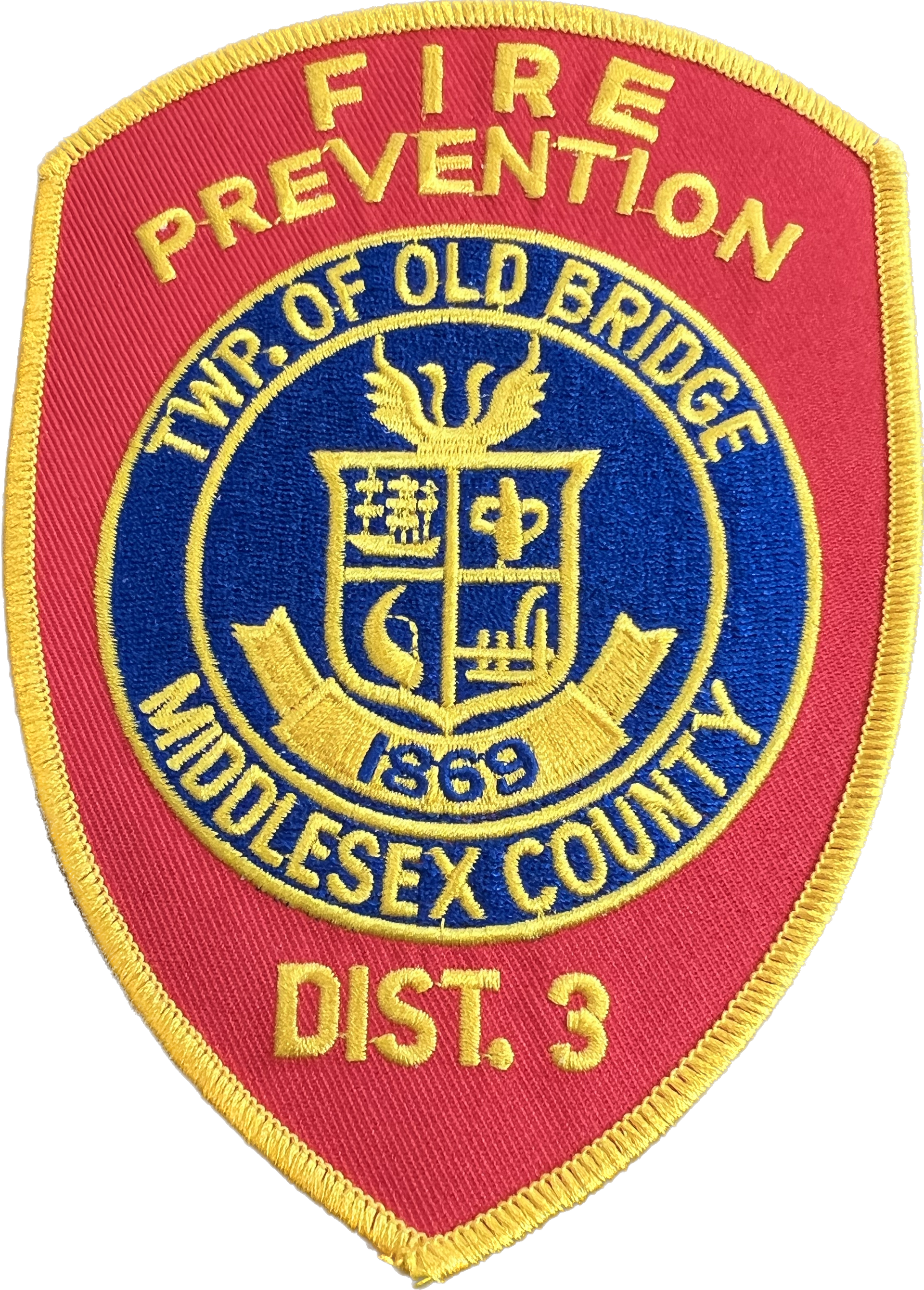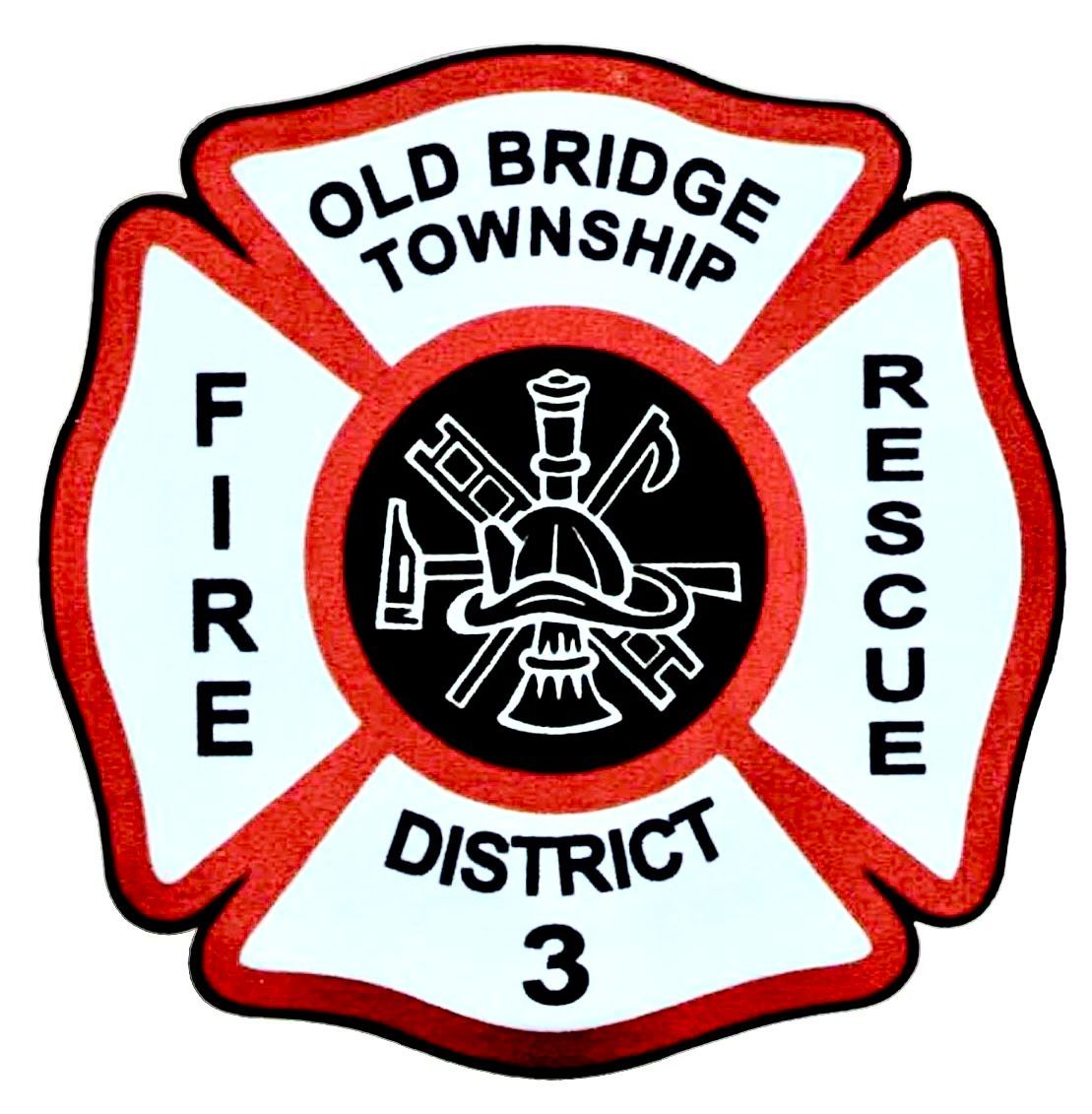The Importance of Regular Fire Drills in Schools
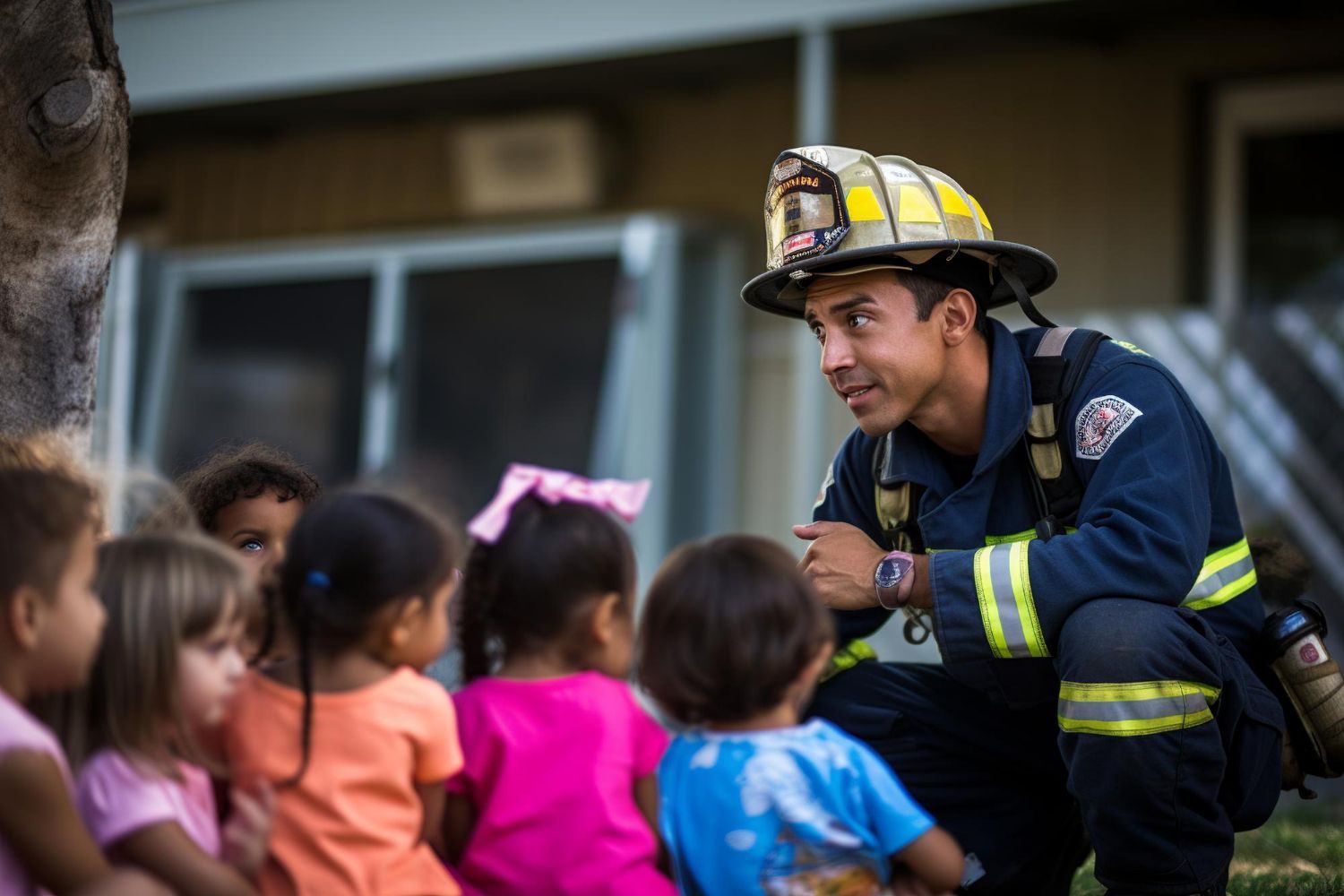
Fire drills are a critical component of school safety. They prepare students and staff to react quickly and efficiently in the event of an actual fire. At the Board of Fire Commissioners, Fire District 3, Township of Old Bridge, we recognize the importance of these drills in safeguarding our children’s lives. Ensuring everyone knows the procedures helps reduce panic and confusion during a real emergency.
Understanding the necessity of fire drills is the first step in creating a secure school environment. Frequent practice not only instills a sense of calm but also helps identify any flaws in the current evacuation plan. When students and teachers practice regularly, they become familiar with the actions needed to exit the building safely.
Fire drills also offer a chance to teach children vital safety principles. By participating in these drills, kids learn about the importance of promptness and following instructions. They gain confidence in their ability to act correctly if a fire occurs, which can be crucial in a high-stress situation. By taking fire drills seriously, we can guide our children and staff to safety more effectively.
Why Fire Drills Matter: Keeping Students Safe
Fire drills play a crucial role in ensuring students' safety at school. Practicing how to respond during a fire emergency helps children understand the importance of staying calm and following directions. It also ensures that everyone knows the quickest and safest route to exit the building. At the Board of Fire Commissioners, Fire District 3, Township of Old Bridge, we believe that regular fire drills are essential to ingraining these life-saving habits in students and staff.
Without practice, panic can ensue during real emergencies, leading to chaos and potential injuries. Fire drills give everyone in the school—students, teachers, and staff—a clear, rehearsed plan of action. This preparation can significantly reduce the chances of injury and confusion during an actual fire. Drills also help identify any weaknesses in the current evacuation plan, allowing the school to make necessary adjustments before an emergency occurs.
How to Conduct Effective Fire Drills in Schools
Conducting effective fire drills requires organization and clear communication. Start by establishing a set schedule for drills throughout the school year. Announce the drill to teachers and staff so they can prepare their students without alarming them. It’s important that students understand this is practice, but that they must take it seriously.
Before the drill, review the evacuation routes and make sure all exits are clearly marked and accessible. Use a checklist to ensure that all safety equipment, such as fire alarms and extinguishers, is functioning properly. During the drill, monitor the time it takes for everyone to exit the building and reach the designated safe area. After the drill, gather feedback from teachers and staff to identify any areas that need improvement.
Following these steps ensures that fire drills are effectively preparing students and staff for real emergencies. Practicing regularly and reviewing procedures helps maintain a high level of readiness and safety in our schools.
Key Elements of a Successful Fire Drill Plan
Creating a successful fire drill plan involves several key elements to ensure the safety of students and staff. We need to start by establishing clear roles and responsibilities. Assign staff members specific tasks such as leading students, checking restrooms, and handling special needs students. This organization ensures that no one is forgotten and everyone knows their duties during an emergency.
Next, we must focus on clear and efficient communication. Every classroom should have access to reliable communication devices to receive instructions during an emergency. It's also important to have a backup communication plan in case the primary system fails. Consistent messaging helps in avoiding confusion and ensuring a smooth evacuation process.
Additionally, the plan should include well-defined evacuation routes. All exit paths should be clearly marked and free from obstructions. Regularly update and practice the evacuation routes to adapt to any changes in the school layout. Make sure all students and staff are familiar with these routes to minimize confusion during the actual evacuation.
Evaluating and Improving Fire Drill Procedures
Evaluation is critical to improving fire drill procedures. Right after each drill, we should gather feedback from teachers, staff, and even students. Ask them what worked well and what didn't. This feedback will provide valuable insights into areas that need improvement. Consider holding a brief meeting to discuss these points and propose changes.
We also need to keep track of important metrics, such as the time taken to evacuate the building and the orderliness of the evacuation process. Analyzing these metrics over multiple drills will help us understand trends and make data-driven decisions to enhance safety procedures. Update the fire drill plan based on these evaluations to fix any issues promptly.
Regularly revisit and revise the fire drill plan to incorporate new safety standards or changes in the school's layout. Continuous improvement ensures that the procedures remain effective and relevant, keeping everyone well-prepared for a real emergency.
Final Thoughts
We understand that the safety of our students is our top priority. Regular fire drills play a crucial role in preparing students, teachers, and staff for real emergencies. Practicing these drills helps ensure everyone knows the safest and quickest routes to exit the building. By following a well-organized fire drill plan and focusing on continuous improvement, we can create a safer environment for our schools.
At the Board of Fire Commissioners, Fire District 3, Township of Old Bridge, we are dedicated to promoting safety and readiness in our community. If you have any questions about fire safety or need assistance with fire drill planning, don't hesitate to reach out. Together, we can maintain a safe and secure environment for everyone.
Contact the Board of Fire Commissioners, Fire District 3, Township of Old Bridge, today to learn more about our
fire prevention programs and resources.
